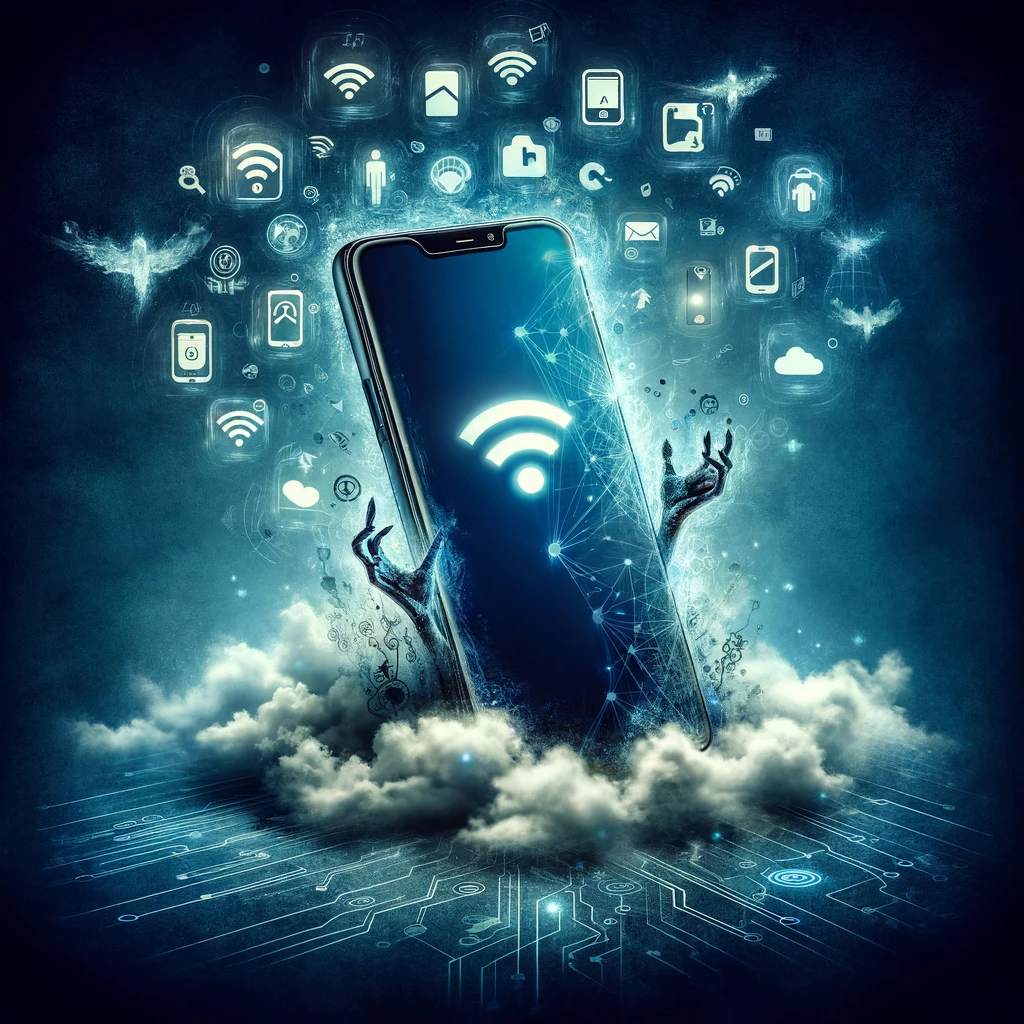
In an age where technology seamlessly integrates into every facet of our lives, the concept of a “zombie phone” without a SIM card presents a curious phenomenon, stirring both intrigue and caution among tech enthusiasts and security experts alike. A zombie phone refers to a device that, despite lacking a SIM card and therefore an active cellular service, remains operational through other means, such as Wi-Fi connectivity. This capability enables the phone to perform a range of functions, from accessing the internet to using certain apps, effectively granting it a form of “undead” status where it’s neither fully functional in the traditional sense nor completely dead.
The existence of zombie phones highlights the evolving nature of mobile devices and their increasing independence from traditional cellular networks. With the advent of VoIP (Voice over Internet Protocol) services and messaging apps, these phones can still facilitate communication, proving particularly useful in various scenarios. For instance, they can serve as a dedicated device for specific applications, such as home automation controls, GPS navigation, or even as a child’s first device for playing games and watching videos under Wi-Fi coverage, without the risk associated with cellular data usage or exposure to wider internet threats.
However, the term “zombie” also hints at a darker side, echoing concerns over cybersecurity and the potential for misuse. In the wrong hands, a zombie phone could become a tool for nefarious activities, from unauthorized surveillance to being part of a botnet involved in cyberattacks. The absence of a SIM card might give a false sense of anonymity and security to those engaging in such activities, though it’s worth noting that complete anonymity is difficult to achieve given the myriad ways devices communicate and share data with networks and services.
Moreover, the phenomenon brings to light issues of electronic waste and the lifecycle of mobile devices. Many phones are discarded or forgotten in drawers when their contracts end or when users upgrade to newer models. The concept of a zombie phone suggests a potential afterlife for these devices, offering a form of reuse and extending their utility beyond their expected lifespan. This not only benefits users looking for secondary devices but also contributes to environmental sustainability by reducing waste.
The concept of using a phone without a SIM card also raises questions about our relationship with technology and connectivity. In a world where being online and reachable at all times is often seen as a necessity, a zombie phone operates on the fringes of this connectivity, challenging the notion of what it means to be truly connected. For some, it might represent a way to maintain a presence in the digital world while distancing themselves from the constant connectivity and potential stressors of the cellular network.
In conclusion, the idea of a zombie phone without a SIM card is a testament to the versatility and resilience of modern technology, offering a glimpse into alternative uses for mobile devices beyond their intended purpose. While it presents opportunities for creativity and sustainability, it also serves as a reminder of the importance of cybersecurity and responsible technology use. As we navigate the ever-expanding digital landscape, understanding and adapting to phenomena like zombie phones will be crucial in leveraging technology’s benefits while mitigating its risks.